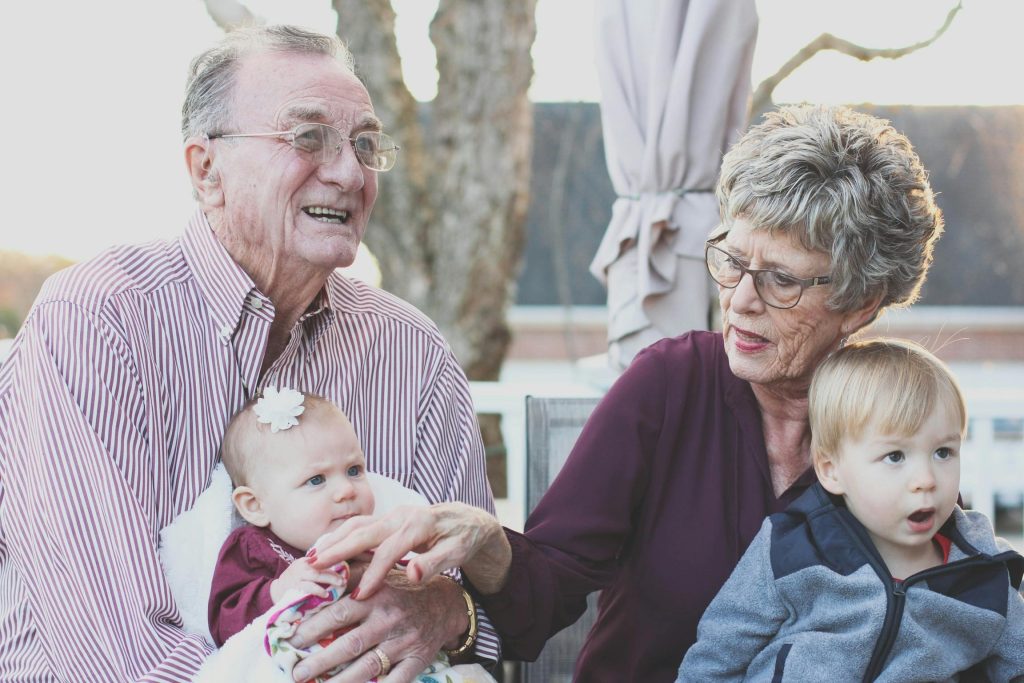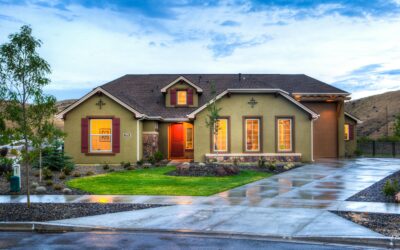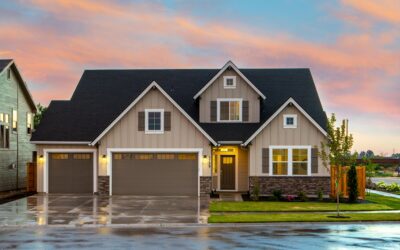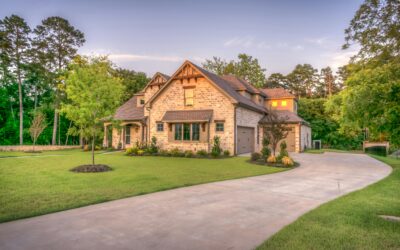Turn Your House into a Dream Home: Senior Citizen Grants
As you grow older, managing home renovations can become particularly challenging, especially with the current economic climate. Inflation and rising interest rates have made it increasingly difficult for many Americans to keep up with the costs associated with grants for home improvements. According to the latest Leading Indicator of Remodeling Activity (LIRA) report, spending on home renovations is expected to decrease by 5.9 percent by the end of the second quarter of 2024. This decline is largely driven by the financial strain caused by inflation and interest rate hikes.
However, for older adults looking to make their homes more comfortable and accessible, there are various resources available to help navigate this process. These resources include grants, loans, and programs specifically designed to support senior citizens in their home improvement endeavors.
Exploring Home Improvement Grants for Senior Citizens
Senior citizens have access to a variety of grants, scholarships, and discounts aimed at helping them renovate their homes. These financial aids are provided by different entities, including federal, state, and local governments, as well as nonprofit organizations, charities, and religious institutions. Some grants are exclusively for seniors, while others depend on factors like location, financial need, or the specific type of home modification required.
For instance, certain grants are tailored to accessibility modifications such as installing wheelchair ramps, grab bars, or benches in showers. Understanding the different types of available grants and their eligibility criteria can significantly aid seniors in securing the necessary funds for their home improvement projects.
Federal Government Grants and Programs
The federal government offers several programs aimed at assisting seniors with home renovations. These programs typically have a more streamlined application process compared to organizational grants and may offer higher chances of approval.
Weatherization Assistance Program (WAP)
The Weatherization Assistance Program (WAP) is funded by the U.S. Department of Energy and helps low-income individuals and families improve their home’s energy efficiency. This program is particularly beneficial for seniors, as it lowers energy costs and enhances comfort. Since its inception in 1976, WAP has assisted over 7 million households, saving them an average of $372 annually through energy-efficient upgrades. To learn more about WAP, visit the U.S. Department of Energy’s website.
Eldercare Locator
Eldercare is a service provided by the U.S. Administration on Aging (AoA) that connects older adults and their families to various support services. This includes housing, elder rights, insurance, health, and transportation resources. By partnering with state and local aging agencies and community-based organizations, Eldercare helps seniors find the assistance they need. For more information, you can use the Eldercare Locator.
USDA Single Family Housing Repair Loans and Grants
The USDA offers the Single Family Housing Repair Loans and Grants program, which is designed to help older adults in rural areas maintain safe and healthy homes. This program provides funds for removing safety hazards and addressing health concerns. The grants are targeted at very-low-income homeowners and can be used for accessibility modifications like walk-in bathtubs and shower grab bars. More details can be found on the USDA website.
Low-Income Home Energy Assistance Program (LIHEAP)
LIHEAP is a federal program that provides financial assistance for heating and cooling costs to eligible low-income households. This program is particularly beneficial for seniors who struggle with high utility bills. LIHEAP’s specifics vary by state, so it’s important to check with your local LIHEAP office to see what’s available in your area. Additional information can be accessed on the LIHEAP website.
State and Local Grants
In addition to federal programs, state and local governments offer various grants and assistance programs for home improvements. These programs are often administered through the U.S. Department of Housing and Urban Development (HUD) and can include community development grants. Each state’s programs differ in terms of eligibility, award amounts, and application processes.
For example, South Carolina’s Community Development Division provides grants and assistance for homeowners looking to make improvements. Seniors interested in these programs should contact their state’s Division of Aging and Adult Services or Home Improvement Program for more information. Details about HUD’s programs can be found on the HUD website.
Local Resources and Organizations
Many nonprofit organizations, corporate companies, and religious institutions offer housing assistance to seniors. These local grants can be more competitive due to limited funds and high demand. However, reaching out to local government offices and community organizations can uncover opportunities for additional funding.
National Charities and Organizations
Several national charities and organizations focus on helping older adults with home improvements. These organizations often provide grants, volunteer labor, and other resources to support home renovation projects. Some of the prominent organizations include:
- Habitat for Humanity: This nonprofit organization helps build and repair homes for those in need, including seniors.
- Rebuilding Together: A national nonprofit that provides free home repairs and modifications for low-income homeowners, focusing on safety and accessibility.
- The Home Depot Foundation: Offers grants and volunteer assistance for home improvement projects, particularly for veterans and seniors.
Making the Most of Available Resources
When planning home renovations, it’s crucial for seniors to thoroughly research all available grants and assistance programs. By taking advantage of these resources, they can significantly reduce the financial burden of home improvements and make their living spaces safer and more comfortable.
Exploring opportunities through federal, state, and local programs, as well as reaching out to national organizations, can provide the necessary support to undertake these projects without incurring debt. Whether it’s adding safety features or making minor improvements for comfort, the right resources can make a substantial difference.






